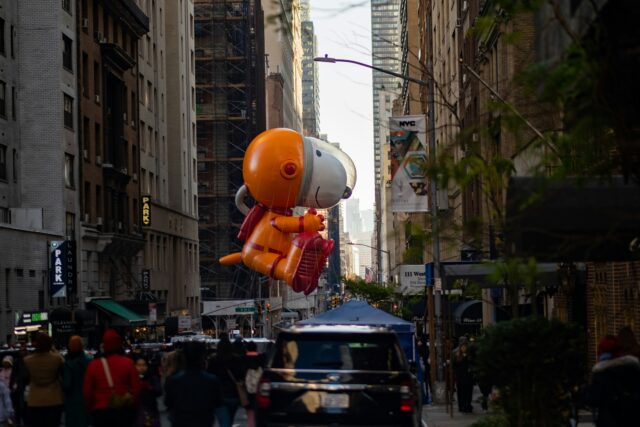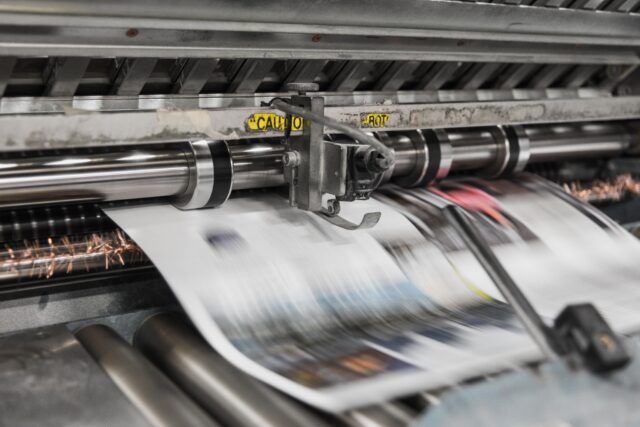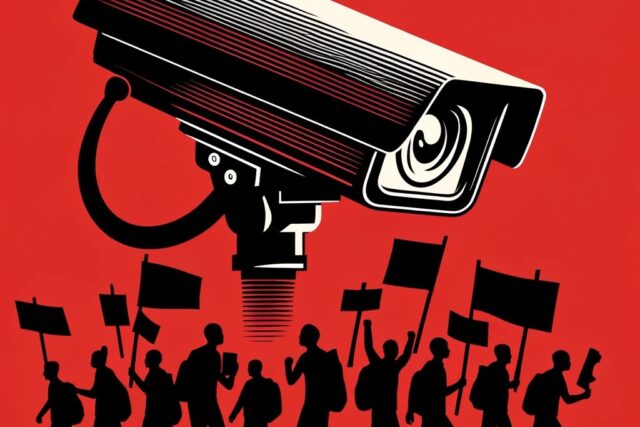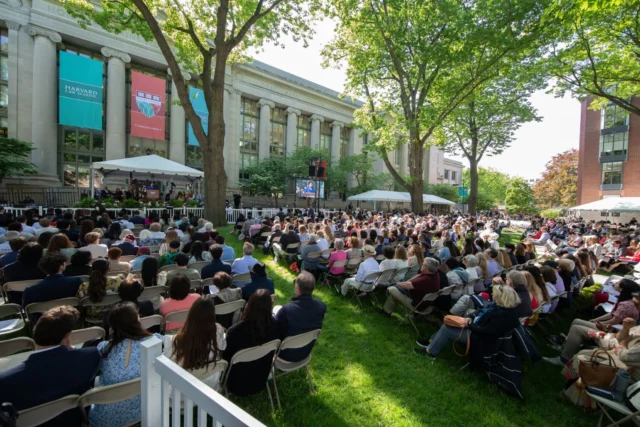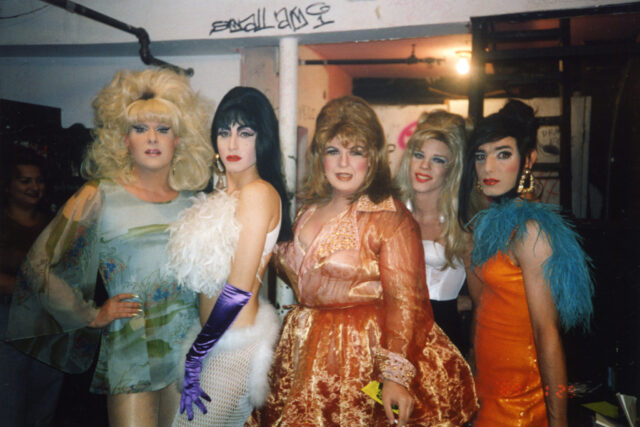Decades ago, before there was Disney’s Lion King and Aladdin, the theaters that pervaded the Times Square area held peep shows and adult strip teases. The now-Broadway theaters were first opened in Midtown’s Theater District at the turn of the 20th century thanks to wealthy New York elites and a burgeoning urban transportation system. Hampered by the Great Depression in the 1930s, many Times Square theaters struggled to survive and began running burlesque shows and renovating theaters with silver screens to show sexually explicit movies. In 1981, Rolling Stone magazine declared lower 42nd Street the sleaziest block in America.
Nevertheless, at the same time many other theaters continued to show world-class Broadway productions: Phantom of the Opera, Cats, and other lauded shows opened and ran during this time. The difference between the Broadway of the mid-20th century and the same part of town in the early 1900s and today was the world outside the theaters, where prude tourists were dissuaded from lingering after a show, especially after dark. Despite Times Square’s reputation as a “flesh-peddling, open-air meat rack,” it was quite profitable, bringing in $106,000 weekly in 1978 from peep shows alone (nearly half a million in today’s dollars).
Corporations and pro-corporate politicians saw the potential dollar signs on 42nd Street by the mid-1980s: these same blocks of midtown could be transformed into a commercial metropolis where out-of-town tourists could be encouraged to rotate between chain restaurants, corporate brick-and-mortars selling everything from candy to stuffed animals, and family-friendly theaters –– at a markup.
![scales - Logo for The [F]law](https://theflaw.org/wp-content/uploads/2022/07/flaw_scale_divider.png)
During Ed Koch’s tenure as New York City’s Mayor in the early 1980’s, he worked with state officials to use eminent domain to take city control of “decrepit” buildings. As a result, apartments and small businesses were regularly seized and brought under the control of the New York government, thereby greatly reducing the number of residential buildings in the area. Additionally, Mayors Koch and his successor David Dinkins supported and sponsored bills that increased police presence in the area, and created political mechanisms for rezoning previously residential plots as commercial zones. Moreover, the new zoning laws banned any business that “promoted damaging behavior” from operating within 500 feet of homes, or houses of worship. Given that people live everywhere in New York City, a 500-foot boundary was effectively a death sentence for such businesses.
Given that people live everywhere in New York City, a 500-foot boundary was effectively a death sentence for such businesses.
Large tax-cuts were provided to any corporation willing to relocate and develop office buildings in the area (no wonder nearly all of the BigLaw offices in New York City are in Times Square). The city gave Disney a $25 million low interest loan in 1994, a $40 million tax break to Morgan Stanley in 1992, and a $20 million tax break to Earnst & Young in 1999 for developing office space in the Times Square area.
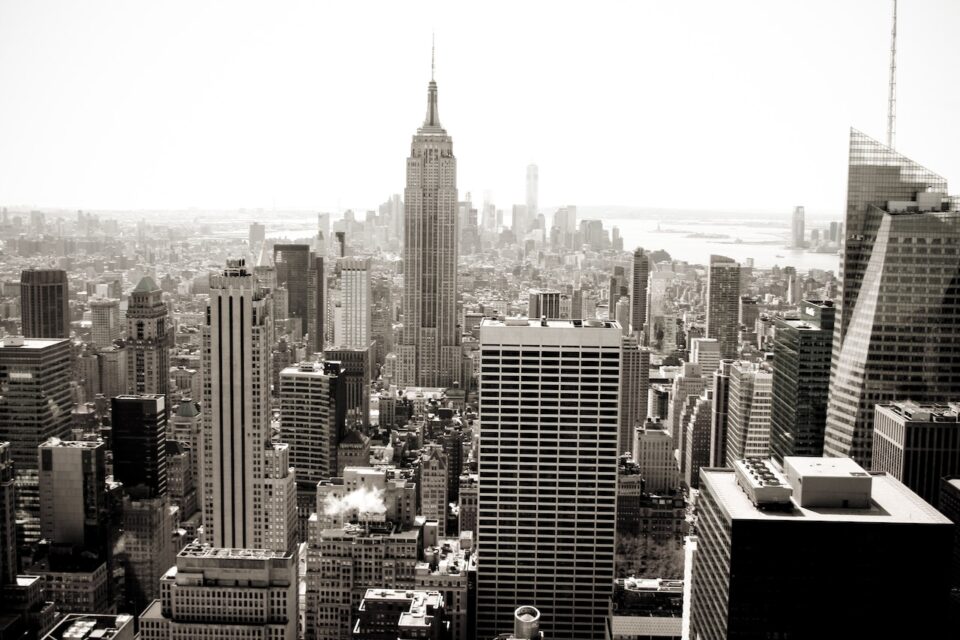
Photo taken by Fritz Hoste found at www.pexels.com
Finally, when Rudy Giuliani was elected mayor in 1993, with the NYC “war on crime” already raging, the final gentrification and corporatization of Times Square and Broadway set in. With an increased police presence in the area, the widespread adoption of stop-and-frisk policies, and new advertising strategies, tourists were lured to the area, which now boasted a “safe and family friendly” appeal. Simply put, between Koch, Dinkins, and Giuliani, the red carpet was rolled out for corporations in the name of theater and culture. The government pushed New Yorkers out of their homes and small businesses, and provided millions in tax incentives for corporations to replace them.
Thanks to this expensive and corporate so-called “clean-up,” investors rushed to Broadway theaters in the early 2000s, creating the glitzy atmosphere that Broadway is known for today. With millions of dollars in tax breaks acting as incentives, three main entities were able to expand their existing hold on the Theater District and essentially monopolize Broadway: the Nederlander Organization, the Shubert Organization, and Jujamcyn Theaters. This monopolization reinforced Broadway’s capitalist system as opposed to the non-profit model that nearly every other theater company around the country uses. In addition, the for profit theater model has left many Broadway theater owners with small fortunes which they use to protect their corporate interests and promote conservative ideology.
The Nederlanders
The Nederlander Organization is nearly synonymous with Broadway and live theater in New York, and owns nine of the 41 Broadway theaters. On their website, they describe themselves as “support[ing] and champion[ing] the advancement of BIPOC artists, creative teams, audiences, and our employees. We are committed to a safe and inclusive space that reflects our community’s vibrant diversity and where everyone is welcomed.”
On the surface, this statement aligns the Nederlanders with the typical Broadway theatergoer, the majority of whom are liberals with college degrees. Additionally the statement aligns with the Broadway image, which is constantly framed as a beacon of diversity (even though the vast majority of artists and directors are white). Even so, sitting in a Broadway show, in the liberal New York City, watching unionized artists perform live, in theaters that require proof of vaccination feels like a liberal experience.
What most audiences do not know is that the Nederlander family has close ties with Donald Trump, and contributes to anti-gay, union busting, conservative political candidates. While the Organization has donated to both Democrats and Republicans, in recent years, the vast majority of the dollars donated have gone to Republican candidates, with the most eye-popping contributions happening during the 2016 election cycle.
In late June of 2016, president of the Nederlander Organization James L. Nederlander, made two donations of $2,700 to Trump’s campaign committee, Donald Trump for President Inc., $30,000 to the Trump Victory PAC, and $24,600 to the Republican National Committee. Less than a week later the former Chairman of the Nederlander Organization, James M. Nederlander donated $100,000 to Donald Trump and the RNC: $50,000 went to the Trump Victory PAC, two payments of $44,600 each to the RNC, and two payments of $2,700 to Donald Trump for President Inc. Less than a week later, James M. passed away. While some pointed out that the death of James M. and Broadway’s renewed movement towards diversity and inclusion potentially signaled a change for the Nederlanders, the family did not cease their conservative contributions. Instead, the Nederlanders became increasingly duplicitous and covert in their contributions.
In June 2020, in the wake of the murder of George Floyd and the Black Lives Matter movement, James L. Nederlander and his Republican contributions were once again brought to light. Many artists, producers, and journalists asked the Nederlanders for statements regarding their political contributions to racist, conservative candidates while simultaneously profiting from BIPOC artists, their stories, and the audiences they attract. Additionally, actors such as Tony winner Karen Olivo and Wicked star Eden Espinosa vowed to no longer accept work from theaters who made such contributions.
Instead, the Nederlanders became increasingly duplicitous and covert in their contributions.
In response, on June 6th, 2020, James L. pledged to donate $50,000 to Black Lives Matter as part of his “process towards understanding, reflection and change.” Nevertheless, two days later on June 8th, Nederlander also donated $1,000 to Republican Senator John Cornyn, an outspoken anti-gay Republican. In December, 2020, Nederlander donated to Marco Rubio, Florida’s Republican Senator and fervent “Don’t Say Gay” Bill supporter. And as recently as November 2021, Nederlander donated $10,000 to Republican Nikki Haley’s Stand for America PAC. James L. Nederlander is not alone in his duplicity; other top executives at the Shubert Organization (which owns 18 of the 41 Broadway theaters) have also donated to Republican candidates including Missouri Senator Roy Blunt.
How Does Broadway Operate Currently?
So how have these conservative theater owners amassed their fortunes in an industry that generally operates at a loss? The answer is that financially, live theater is a unique art form –– and Broadway is even more so. Unlike the music, TV and film industries, live theater (especially the geographically bound Broadway) is not universally accessible in modern times. In part, the scarcity of live theater is part of its draw: each performance is unique, with actors, musicians, and crews who work tirelessly to bring the show to life night after night. Compared to your favorite song on Spotify or movie on Netflix, there is no “preserving” live theater in the same way (but oh, has Disney+ tried). Live theater is beautiful, all-encompassing, and most of all, fleeting. The owners of Broadway theaters understand the temporary nature of live theater, and have harnessed it, abused it, and capitalized on it to turn a profit.
The scarcity and live nature of theater also makes it a uniquely expensive art form, even when compared to the budget-busting film industry today. Theater is expensive at all steps in the process, from initial set design, to renting a theater, to advertising, to selling tickets, to its nightly operating costs. This is true at all levels of theater –– from the local regional theater to the Broadway stages.
The scarcity and live nature of theater also makes it a uniquely expensive art form, even when compared to the budget-busting film industry today.
On Broadway, in order to turn a profit, theater owners essentially operate as a real estate corporation — think of them as your oppressive, “art-loving” landlord (INT 4:05). It turns out it’s not only residential rents that are criminally expensive in New York City, but theater rents too. The average Broadway show costs $450,000 a week to operate; the majority of that cost is the rent that the productions must pay to the theater owners. The Gershwin Theater, the largest on Broadway, charges Wicked well over $100,000 a week. In this way, theater owners protect their bottom line: even if ticket sales falter and producers and investors lose money, the rent checks still get cashed –– or the show closes (INT 6:30).
But make no mistake: theater owners also take large cuts of shows’ ticket sales, to the tune of approximately five to seven percent of the box office gross. Because the theater owners –– not the productions –– both set ticket prices and collect large portions of the sale, they have an incentive to use dynamic pricing and price-gouging techniques to ensure the biggest profit per ticket sold. Average gross revenue for a cash cow like The Lion King is $1.7 million a week, resulting in about $100,000 profit for the theater on top of their rent payments. The for-profit, real-estate-centric structure of Broadway has created a set of perverse incentives and mechanisms for theater owners to turn a profit with almost no oversight or accountability.
Not only do theater owners have complete control over rent prices, but they also control what gets shown in their theaters. With a limited number of theaters and somewhat unpredictable turnover, producers are often faced with an uphill battle to get in the door. Recently, a theater owner stated, “All we do is open the door in the morning, and there’s a line of suckers — well, I should say producers — begging to get in. This business has never been better.” While this quote is generally illustrative of the power dynamic between theater owners and everyone else, it’s important to note that certain ultra-powerful producers like Jeffrey Seller, Kevin McCollum and the lecherous Scott Rudin enjoy close, mutually-beneficial relationships with theater owners.
The role of theater owners as landlords creates incentives for theater owners and producers to be highly risk-averse
The role of theater owners as landlords creates incentives for theater owners and producers to be highly risk-averse (INT 8:00). Like many landlords, theater owners are interested in bringing in long term tenants who pay their rent regularly and on time. Shows like Wicked, The Lion King, and Chicago are star tenants; each can almost guarantee a weekly rent check and high ticket sales, with no indication from audiences that their popularity will dwindle in any significant way.

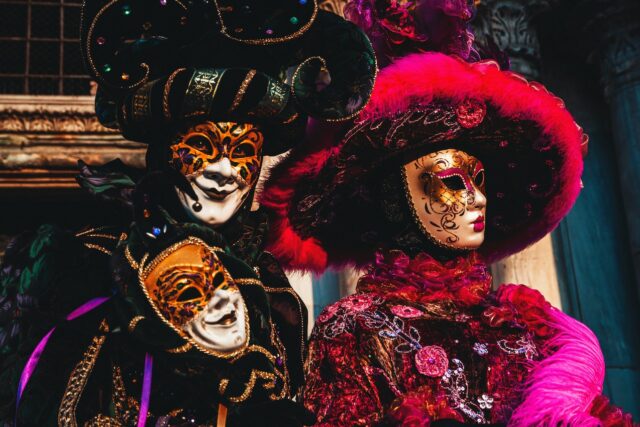
![[F]law School Episode 8: Selling Harvard Law Students](https://theflaw.org/wp-content/uploads/2024/09/Screenshot-2024-09-08-at-9.59.54 AM-640x427.png)
